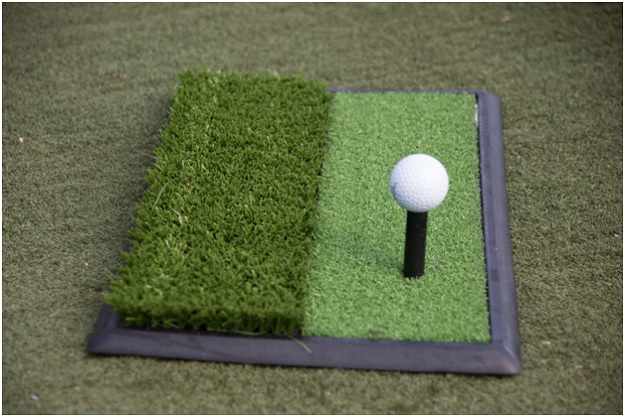Artificial turf is constructed of two pieces. The primary component consists of the individual strands of grass that make up the turf. The second component is the backing material, which is responsible for holding all of the blades in place.
How Long Does It Take for Synthetic Grass to Decompose?
It is reasonable to expect high-quality artificial grass to endure between 15 and 20 years. After this period of time, the turf’s individual blades could begin to droop a little bit. When weighed against the outlay for new sod and the ongoing expenditures of upkeep, artificial grass stands out as a great grass option.
The amount of wear and tear that an artificial grass surface receives, in addition to how it is used and whether or not it is subjected to high temperatures, will have some bearing on the turf’s lifespan. Depending on your climate and how you want to utilize the turf, a landscape architect or turf installation business may help you determine how long your synthetic grass will last.
The manufacturer’s warranty for artificial grass/Turf typically lasts between 12 and 15 years on average.
Is There a Significant Difference Between Synthetic Grass and Artificial Grass?
The terms “artificial grass” and “synthetic turf” refer to the same thing, and there is really no discernible difference between the two. It is common practice to use the terms “grass” and “turf” interchangeably. Typically, when people think of “turf” or “astro-turf,” they picture a shorter blade installation, such as that seen on sporting fields.
Is It True That Artificial Turf Is a Better Alternative to Real Grass?
Whether or whether artificial turf is superior to natural grass is up for debate. When compared to artificial turf, the installation of natural grass is far more affordable. If money is an issue, consider going with natural grass. On the other hand, the upkeep and maintenance expenditures for actual sod grass are much higher.
If you’re deciding between genuine grass and synthetic turf for its practicality or aesthetic value, the former may be the preferable option. To get the desired appearance and feel of genuine grass, however, a significant amount of upkeep and maintenance is required. When compared to the installation of actual sod grass, artificial turf requires a far less amount of upkeep yet seems to be extremely similar to real grass.
Where Does Natural Grass End and Synthetic Grass Begin?
In order to provide enough support for the product, most installations of artificial grass will have three layers of materials positioned below it.
After the area has been dug, three layers are added: a weed barrier fabric layer, a layer of compacted, decomposed granite (https://en.wikipedia.org/wiki/Granite) foundation that is comparable to what is used to make gravel walkways or pathways, and a layer of loose sand that is one inch thick.
The use of a weed barrier before installing the foundation material, sand, and artificial grass may assist prevent the growth of weeds and other undesired vegetation.
The synthetic grass is supported by a sturdy base made of compacted decomposed granite, which also offers superior drainage. The outstanding drainage capabilities of decomposed granite beneath the grass area may be compared to the efficiency with which a french drain operates, and in most cases, this will prevent the need for costly landscape drainage correction.
While the sand contributes to the overall cushioning effect that the newly placed grass has, this effect is not entirely due to the sand.
What exactly is the mysterious black dust on the fake grass?
The “crumb rubber” or black dust you find on certain artificial grass is often reserved for sporting field installations that need a higher level of comfort. This crumb serves as an infill ingredient that is inserted in between the blades of the artificial grass to give it additional bounce.
When it comes to synthetic turf fields, what exactly does the infill consist of?
The components of infill materials may come from a wide variety of sources, including natural sand, processed sand, crumb rubber, and plastic pellets, amongst others. The primary purpose of the grass will determine the kind of infill material that is used.
Artificial grass may be treated for odor and other damages incurred by pet feces using specially prepared sands or additives if dogs are frequent visitors.
What is Considered to Be the Finest Synthetic Grass for Dogs?
Having dogs that will be using your artificial lawn means you should choose one that is resistant to wear and odors.
Synthetic grass may be protected against bacteria that produce stains and odors using a chemical called Microban. For optimal results from your artificial grass, it is recommended that you use Microban-treated Envirofill or a similar infill.
In addition, there are companies who produce artificial grass that already has an antimicrobial protective agent applied to it before it is sold.

